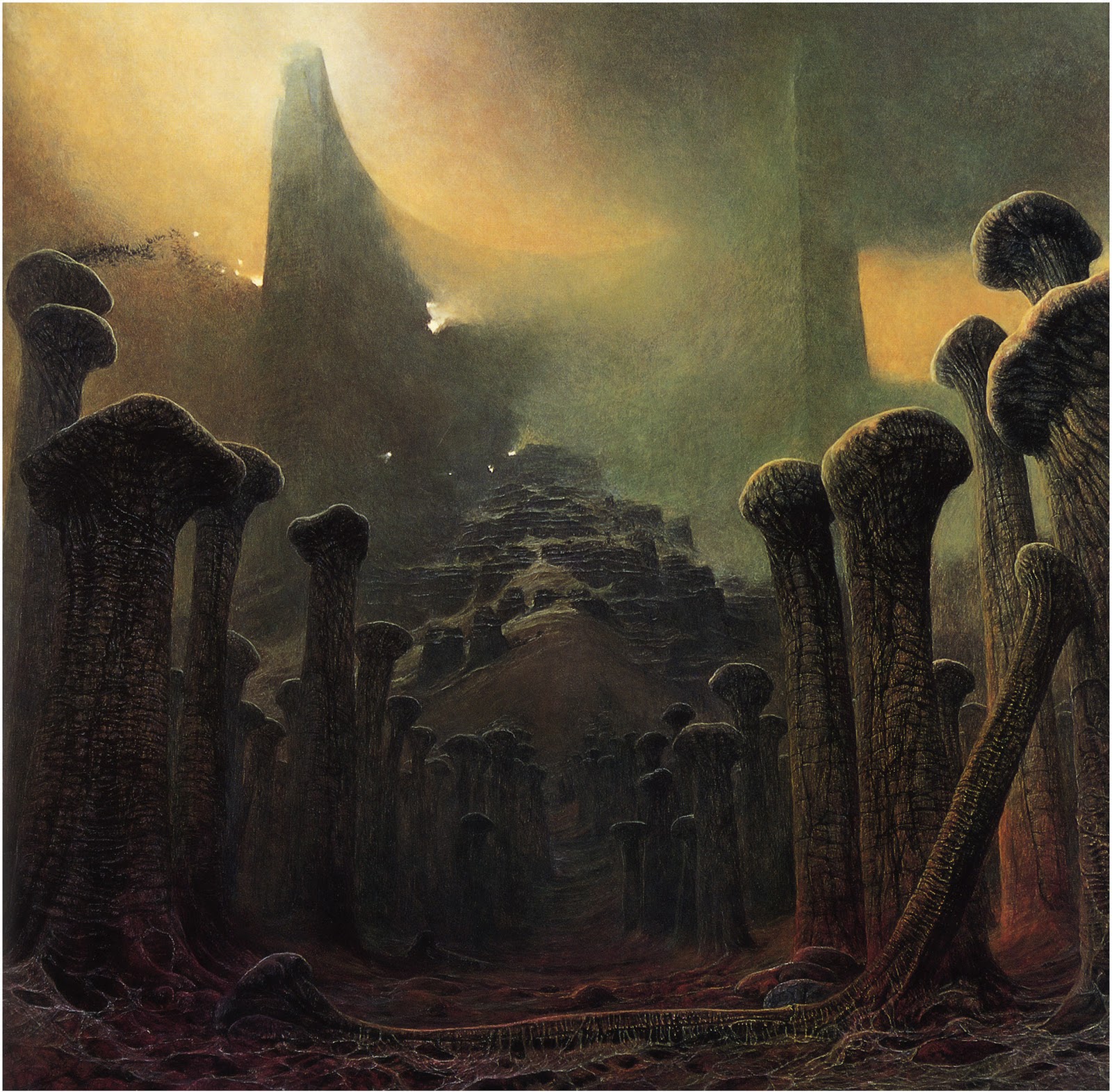SpeedOfLight6
Member
- Joined
- Aug 26, 2023
- Messages
- 10
I want to write a (science fiction?) story that takes place in a universe with significantly different laws of physics than ours, perhaps the most fundamental difference being that there are four spatial dimensions. I'm not talking about the "fourth dimension" being spooky or mysterious in any way, but that everything and everyone naturally exists in four dimensions, just like how we naturally live in three dimensions.
My concern here is that it would be difficult for people to enjoy reading a story when it's impossible to directly visualize what the characters, or any places or objects, could look like. (A direct visualization isn't necessary, but it would be nice.) And with things being so different from our universe, I worry it might be difficult for people to relate to the characters.
My concern here is that it would be difficult for people to enjoy reading a story when it's impossible to directly visualize what the characters, or any places or objects, could look like. (A direct visualization isn't necessary, but it would be nice.) And with things being so different from our universe, I worry it might be difficult for people to relate to the characters.



